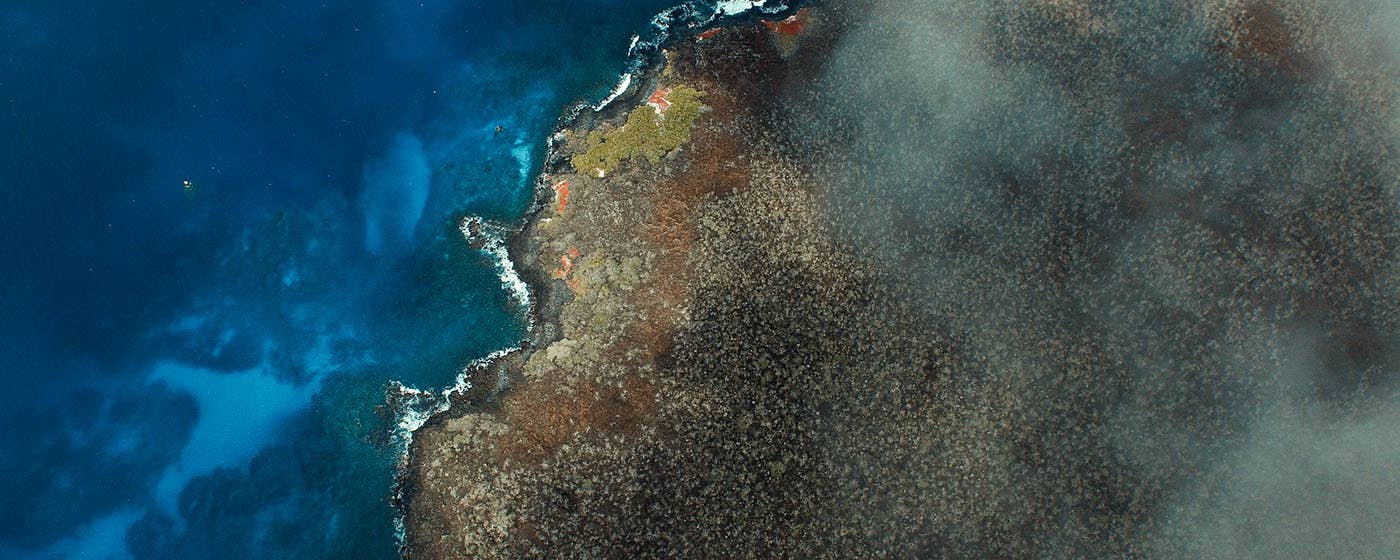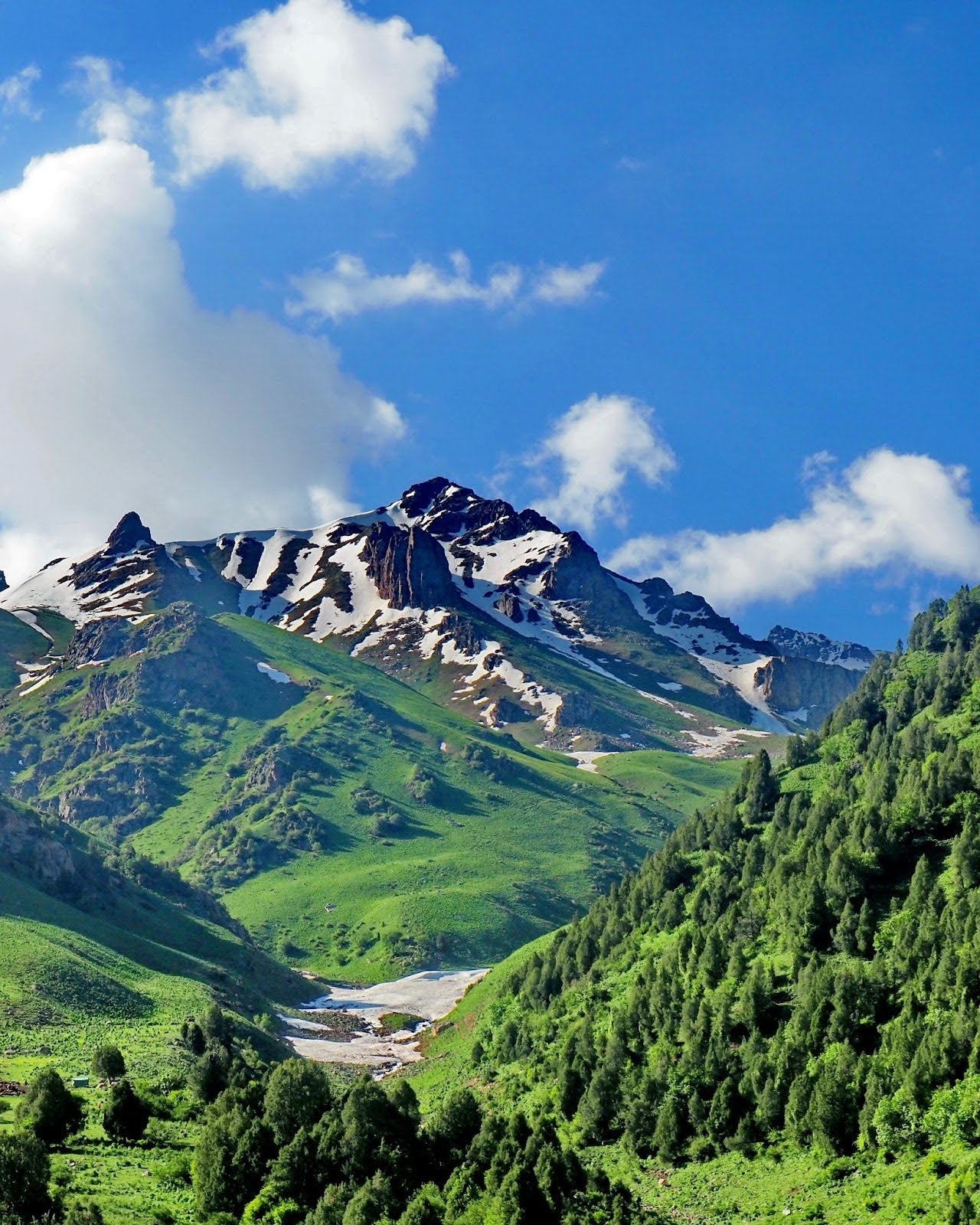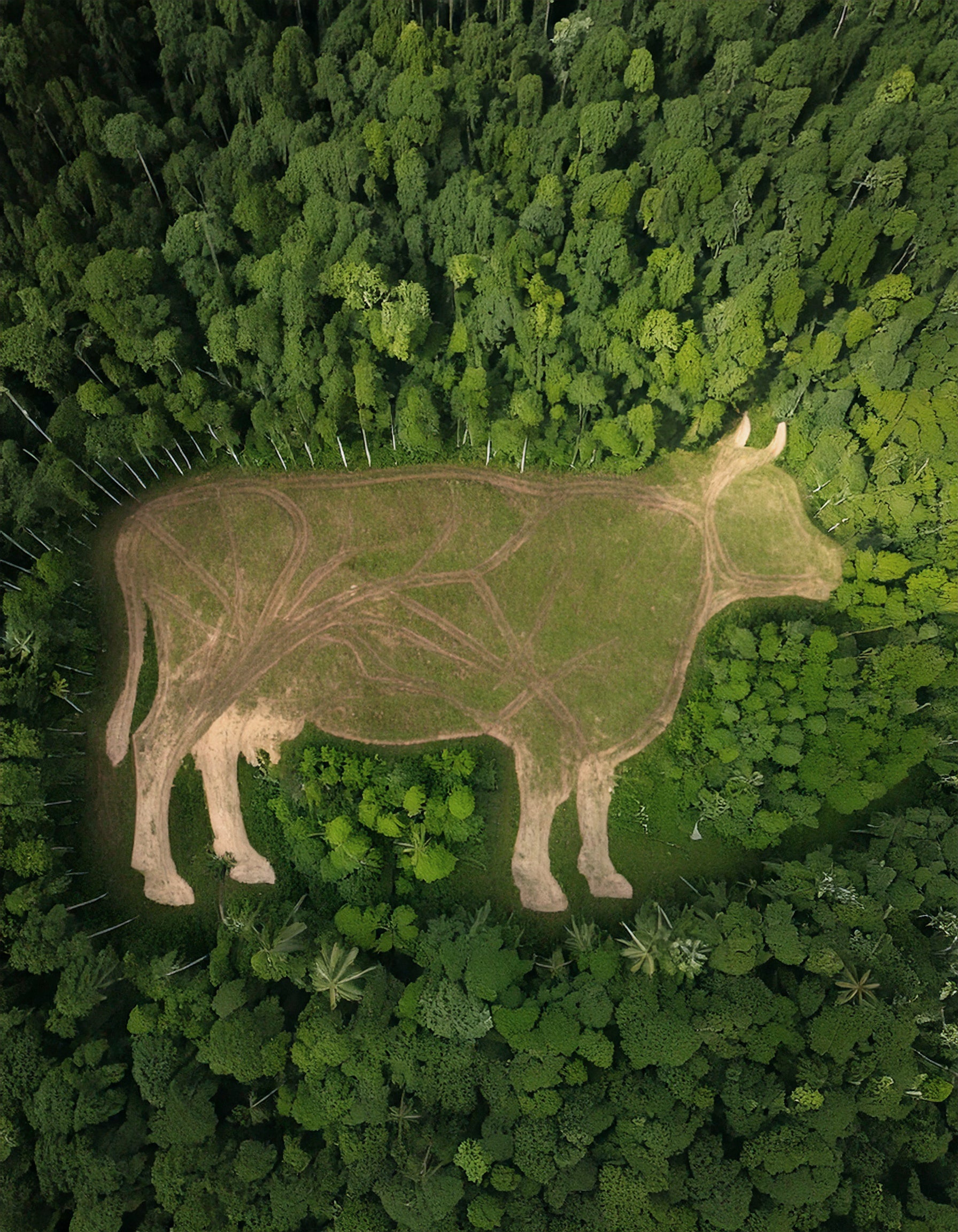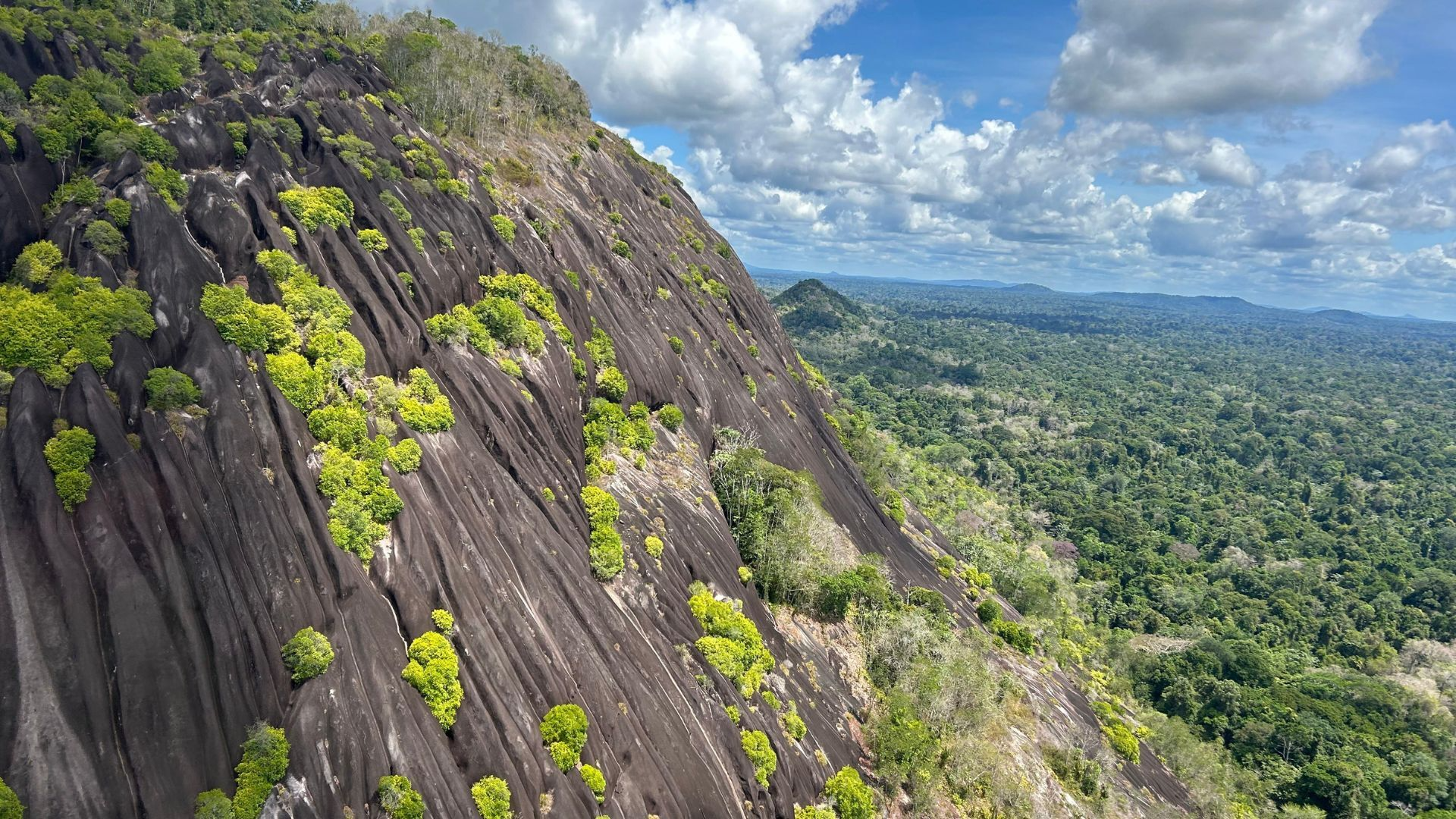On Mar. 2, the first evening of the Our Ocean Conference in Panama City, Panama, a distinguished group hosted by the Smithsonian Tropical Research Institute (STRI), the Government of Panama, the Bezos Earth Fund, Re:wild and Pew Bertarelli Ocean Legacy gathered at Panama’s BioMuseo to celebrate their commitment to conserve a sustainable and resilient Eastern Tropical Pacific ocean (ETP).
The event recognized significant contributions by the public sector—especially the governments of Panama, Colombia, Costa Rica, and Ecuador; the private sector; civil society, the scientific sector; together with generous philanthropists, to take ambitious steps to conserve interconnected ecosystems from Cocos Island to the Galapagos.
The event kicked off with a video announcing that the Connect to Protect coalition of individuals, organizations, governments, indigenous groups and scientific researchers has pledged to find $150 million in private and public funds to conserve this vibrant seascape and address daunting challenges: pollution; illegal, unlawful and unreported (IUU) fishing; climate change; and invasive species.
The Honorable John Kerry, United States Special Presidential Envoy for Climate, shared the stage with Joshua Tewksbury, Ira Rubinoff Director of the Smithsonian in Panama (STRI); Janaina Tewaney Mancomo, Panama’s Minister of Foreign Affairs; Gustavo Enrique Miranda, Ecuador’s Minister of the Environment; and Andrew Steer, President and CEO of the Bezos Earth Fund; Zdenka Piskulich, Director of Enduring Earth; and master of ceremonies, Patricia Leon, Joint Program Manager for ETP, Re:wild and the Bezos Earth Fund.
“Panama, Colombia, Ecuador, and Costa Rica have shown the best example of management of the global commons,” said Tewaney Mancomo, who added that she considers Panama’s ethnic and biological diversity as the country’s biggest treasure, and that the livelihood of all Panamanians is intimately linked to the ocean. She thanked the United States for their support and the young people who participated in the Our Oceans conference who renewed her hope for the future.
Special Envoy Kerry thanked the Smithsonian Tropical Research Institute and the BioMuseo for helping to host the conference. “Getting four nations to come together spontaneously to engage in multinational co-management of a resource as valuable as what those four nations—Costa Rica, Ecuador, Colombia and, of course, Panama—share, and that now [Ecuador has] made this extraordinary announcement that they are going to extend protection 8 miles from their borders and zones—that is really remarkable.” He went on to introduce U.S. Senator Sheldon Whitehouse; to mention that United States signed an MOU with CMAR at the Summit of the Americas for regional ocean conservation; and that US Navy and Coast Guard will offer their help. “We will make this happen.”
Tewksbury thanked the sectors who come together—"not as one, but as everyone”—to conserve the Eastern Tropical Pacific: civil society, the public sector—the governments, the private sector, the philanthropists, and the scientific community: “We are honored at STRI to have been a part of virtually every proposal for marine protected areas that Panama put together over the last two decades: now 54% of all territorial waters. But we do not do this work alone, CMAR did not become a reality without all the science coming together across the region. Twenty-five years ago it was just a theory that underwater mountain ranges connect these four countries, but now we know this is true. Thank you Héctor Guzmán and others.”
He made a plea for a new research vessel so that scientists can work from Cocos to Coiba to Mapelo and the Galapagos and connect with all of the communities along the coast. The Smithsonian will build brand new marine facilities to house this effort and will train the next cohort of ocean science leaders.
Ecuador’s Minister of the Environment, Manrique Miranda emphasized the importance of governance and upcoming national elections in the countries of the region, but also celebrated CMAR for its longevity and consistency even as administrations have changed. “8 presidents in Ecuador…5 presidents in Costa Rica, 5 presidents in Colombia and 4 presidents in Panama…CMAR belongs to the people…and CMAR is stronger than ever, and one of our most important roles is to inspire.” CMAR has big plans: for a biosphere reserve, for 9 protected areas, for a fund to support conservation in perpetuity.
In the same vein, Andrew Steer, President and CEO of the Bezos Earth Fund said, “Why would 15 donors, in the space of 2 months, decide to give $118 million dollars to support this amazing thing?... Philanthropists have very sharp pencils: they know what they’re looking for: And when they see 10 years of brilliant science, when they see an inclusive process that takes local communities, local fishermen into account and includes them in decision making, when they see leaders who are willing to struggle with extremely difficult issues and be honest about it and encourage each other…then we’re in. People sometimes say that there is not enough money to support nature, but that is not true. Money will come out of the closet very quickly if we see the kind of leadership, we see here.”
And Zdenka Piskulich, Director of Enduring Earth, summed up: Two years ago when the presidents made this commitment in Glasgow we thought the stars had aligned. I don’t think it’s a coincidence that the stars are aligning right now in this universe and the commitments that have been made in the last two days, for me, are an alignment of all the stars.” The Government of Ecuador announced an 8-mile protected area along the whole coast of the country. The Government of Costa Rica announced the creation of a blue fund for the expansion of a new marine protected area. The government of Panama led the way to expand its marine protected areas to 54 percent of its waters. CMAR expanded its area to include Clipperton Island. The government of Colombia has reached their 2030 goal before the deadline. Public and private supporters have committed $118 million to conservation of the Tropical Eastern Pacific.
The 8th Our Ocean Conference convened world leaders and ocean conservation advocates in Panama. Since the first Our Ocean Conference in 2014, participants from over 70 countries have announced more than 1,800 commitments worth more than $108 billion and protected more than five million square miles of ocean.
# # #
Smithsonian Tropical Research Institute The Smithsonian Tropical Research Institute, headquartered in Panama City, Panama, is a unit of the Smithsonian Institution in Washington, DC, USA. The institute furthers the understanding of tropical biodiversity and its importance to human welfare, trains students to conduct research in the tropics and promotes conservation by increasing public awareness of the beauty and importance of tropical ecosystems.
The Pew Bertarelli Ocean Legacy Project The Pew Charitable Trusts and Dona Bertarelli created the Pew Bertarelli Ocean Legacy Project, with the shared goal of establishing the first generation of ecologically significant, large, and effective marine protected areas (MPAs) around the world. Today, the Pew Bertarelli Ocean Legacy Project also seeks to connect MPAs and help conserve key migratory species and entire marine ecosystems. These efforts build on more than a decade of work by Pew and the Bertarelli Foundation, led by Dona Bertarelli, to create large-scale highly or fully protected MPAs. Between them, they have helped to obtain designations or commitments to safeguard nearly 12.6 million square kilometers (4.8 million square miles) of ocean by working with communities, local leaders, philanthropic partners, Indigenous groups, government officials, and scientists. Dona Bertarelli is a philanthropist, investor, sportswoman, and strong advocate for ocean conservation. The Pew Charitable Trusts addresses the challenges of a changing world by illuminating issues, creating common ground, and advancing ambitious projects including the need for effective marine conservation.
Re:wild Re:wild protects and restores the wild. We have a singular and powerful focus: the wild as the most effective solution to the interconnected climate, biodiversity and human wellbeing crises. Founded by a group of renowned conservation scientists together with Leonardo DiCaprio, Re:wild is a force multiplier that brings together Indigenous peoples, local communities, influential leaders, nongovernmental organizations, governments, companies and the public to protect and rewild at the scale and speed we need. Learn more at rewild.org.
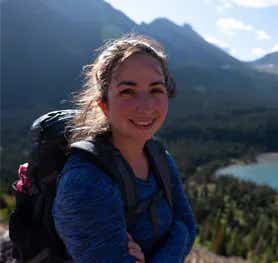
Devin Murphy
Writer
Devin Murphy is Re:wilds’s senior communications specialist and helps Re:wild and its partners tell stories about the work they do to protect wildlife and wildlands around the planet. Her favorite stories about conservation include fascinating and little-known species and the dedicated humans protecting them.
